Ancient History looks at every aspect of the ancient world: you'll find articles covering politics, society, literature, language, religion, economics, and art - all in one magazine! Like its big brother, Ancient Warfare, Ancient History Magazine is a bi-monthly, 60-page magazine that relies on a thematic approach: each issue is centered around one specific subject. From ancient Egyptian trade and Roman family life to the lost city of Pompeii, there's sure to be something for everyone - all presented in a well-researched but accessible, fun manner.
Ancient History Magazine
EDITORIAL - THE FLOW OF HISTORY
PRELIMINARIES
Wreck of Phoenician ship returns to dry land
Rare Roman liquid gypsum burial found in Britain
ENHEDUANNA • For trainee scribes living 4000 years ago in ancient Mesopotamia, the written works of one famous early author was a critical part of the teaching curriculum. The author of these ancient compositions was a priestess and poetess, one who wrote hymns of extraordinary beauty and power while serving the lunar deity. Her name was Enheduanna.
The importance of Inanna
Rise and nearly fall
EMPERORS AND BISHOPS • With the rise of Constantine the Great, the Roman Empire and its citizens saw a shift in both imperial power and religious tolerance. At the Battle of the Milvian Bridge (AD 312), Constantine took control of the Roman Empire and eventually rose to the position as its sole leader (AD 324), which would help secure a permanent position for those who adhered to the Christian faith. However, the Christian faith was multi-faceted, with several sects competing for primacy in the new order.
The Arian Controversy
THE RIVER TIBER • The Tiber was a multifaceted and integral icon of Rome’s origins, identity, and strength. It existed as a sacred and secure boundary, a source of sustenance and supply, and a conduit of trade, expansion, and urban waste. Thus, the Roman poet Virgil rightly called it the Genitor Urbis (‘father of the city’). Indeed, just as the Nile was pivotal to the growth and development of the Egyptian civilization, the Eternal City and its vast empire owed much of its strength and vitality to the Tiber.
Pons and pontiffs
ON THE EDGE OF CIVILIZATION • On a cold morning in the winter of AD 369/370, two boats approached each other from opposite sides of the lower Danube. From the southern bank came Flavius Valens, the Eastern Roman emperor; from the north rowed Athanaric, leader of a Transdanubian people known as the Tervingi Goths. After three years of indecisive fighting one another, it was finally time to make a deal. The choice to negotiate from boats was unusual, but using the Danube as the backdrop for the latest chapter in Rome’s imperial drama was anything but.
A Danube fortress city
RIVER TRANSPORT IN ANTIQUITY • Travelling along rivers, especially downstream, is usually faster than travelling over land, and more goods can be transported with less effort. In antiquity, from early civilizations to Late Antiquity, rivers were major transport links, and a wide variety of vessels were used to travel along them.
Papyriform boats
Dur-Sharrukin
WEAPONS, WEALTH, AND BOG BODIES • The Celtic-speaking populations of Iron Age Europe are well known for their artistic achievements and exceptional metal-working skills. Yet many of the best examples of their work have been found, not in temples or the graves of mighty rulers, but dredged from the sludge at the bottom of rivers and lakes. These precious objects were not casual losses, but rather were deliberately deposited in the course of religious ceremonies. This veneration of watery places is of course by no means restricted to the European Iron Age, since rivers and lakes are held sacred in many world religions. Among the Iron Age Celts, however,...
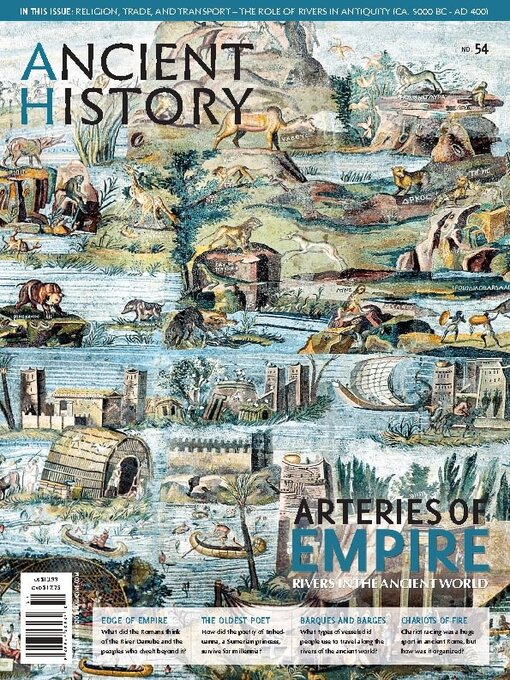
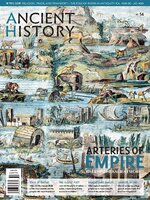 AH 54
AH 54
 AH 53
AH 53
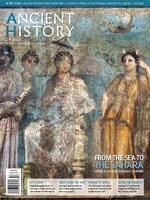 AH 52
AH 52
 AH 51
AH 51
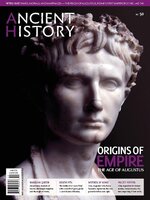 AH 50
AH 50
 AH 49
AH 49
 AH 48
AH 48
 AH 47
AH 47
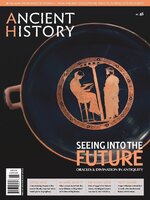 AH 46
AH 46
 AH 45
AH 45
 AH 44
AH 44
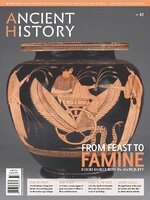 AH 43
AH 43
 AH 42
AH 42
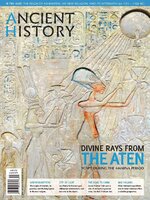 AH 41
AH 41
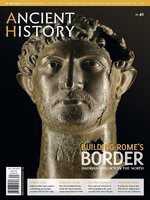 AH 40
AH 40
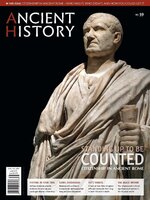 AH 39
AH 39
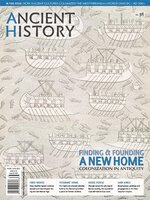 AH 38
AH 38
 AH 37
AH 37
 AH 36
AH 36
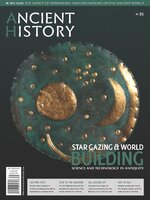 AH 35
AH 35